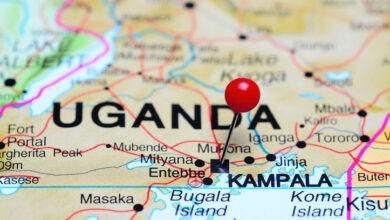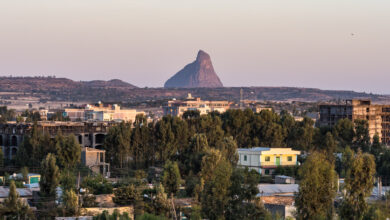
The World Health Organization (WHO) on Thursday said the efforts untaken to stop the spread of Ebola in Democratic Republic of Congo have made significant progress as the epidemic has now been confined to a smaller and mainly rural area, reported Reuters.
Until now, the Ebola epidemic, which began in DRC in August 2018, has infected more than 3,200 people, of whom 2,144 people have died, making it the second-deadliest outbreak of the virus.
According to latest figures from WHO, only 14 confirmed infections were reported last week, the lowest in a year and down from 51 in mid-September and 126 in April at the peak of the outbreak.
“We have put the virus in the corner,” Michael Ryan, the executive director of WHO’s Health Emergencies Programme, told reporters in Geneva. “I believe we have really squeezed the virus into a much smaller geographical area.”
Ryan added that the Ebola outbreak is now essentially only transmitting within an area of eastern DRC between Mambasa, Komanda, Mandima and Beni. He said the number of health zones affected by Ebola has come down to 27 from 207.
Ryan said better tracing of people exposed to the deadly virus, safe burials, and community acceptance of vaccinations – 236,000 to date – have helped in confining the spread of the deadly virus.
“We are really reaching a point where we are more and more on top of things, more and more on top of surveillance, more and more on top of infection prevention and control,” the WHO official said. “The problem is it’s back in areas that are deeply insecure.”
But Ryan stressed that despite a much lower level of transmission, the danger was not over.
The health workers’ efforts to stop the spread of Ebola have been hindered by militia attacks in eastern DRC, as well as by resistance in communities to some of the methods used to rein in the virus.






